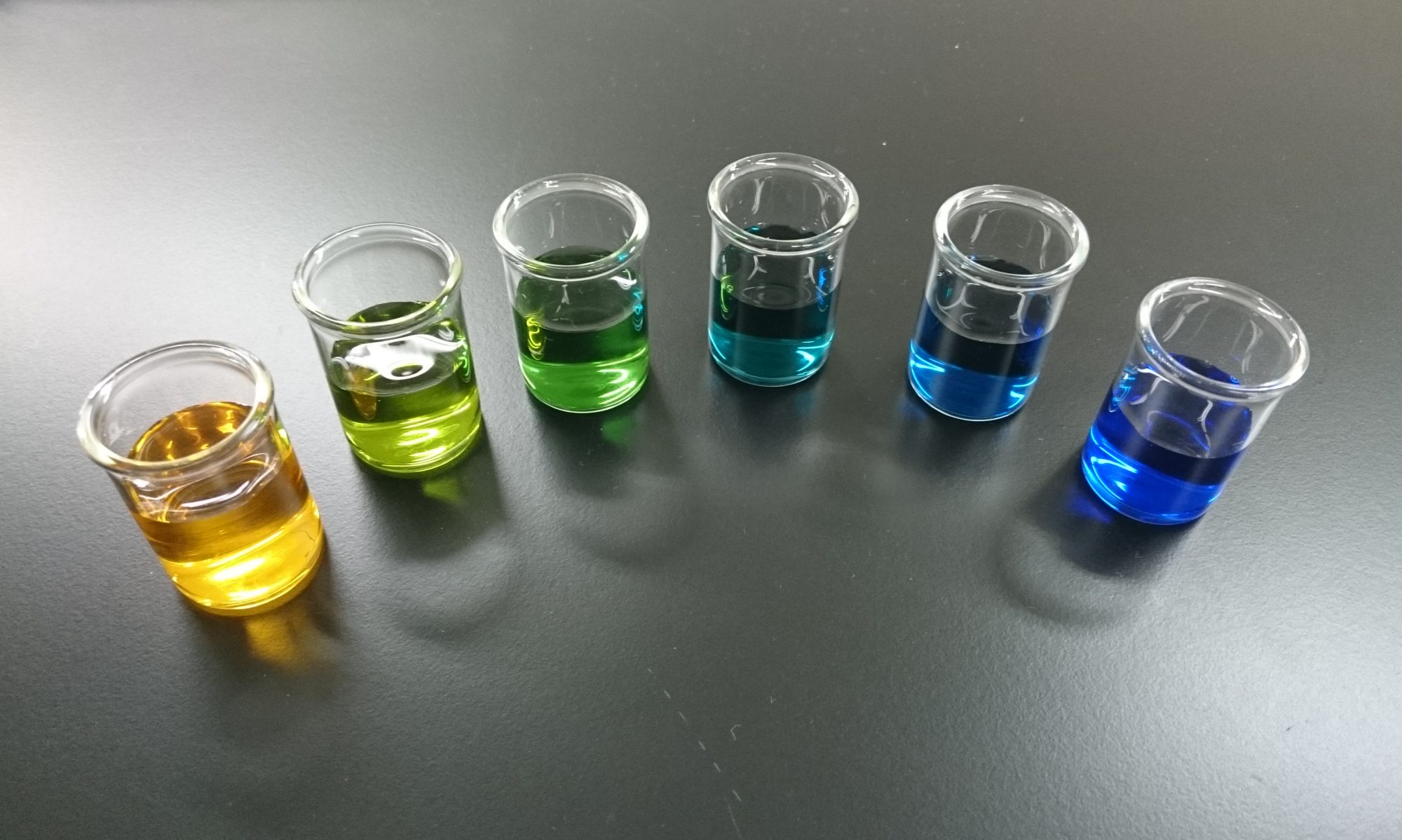問題7.2.1
次の斉次形の線形微分方程式の一般解を求めよ。
(1)$(D-2)(D+3)y=0$
(2)$(D-2)^2(D+1)y=0$
(3)$(D^2+2D+2)(D+1)y=0$
(4)$y^{\prime \prime}+2y^{\prime}-3y=0$
(5)$y^{\prime \prime \prime}+3y^{\prime \prime}+3y^{\prime}+y=0$
(6)$y^{\prime \prime \prime}-3y^{\prime \prime}+2y^{\prime}=0$
《ポイント》
$$\left(D^{n}+a_{n-1} D^{n-1}+\cdots+a_{1} D+a_{0}\right) y=q(x)$$の1つの解を $y_0(x)$ とすると、この微分方程式の一般解は$$y=y_0(x)+y_1(x)$$と表すことができます。ここで、$y_1(x)$ は$$\left(D^{n}+a_{n-1} D^{n-1}+\cdots+a_{1} D+a_{0}\right) y=0$$の一般解です。
また、線形微分方程式の構造について、次のことが知られています。
$F_{1}(t)$、$F_{2}(t)$、$\cdots$、$F_{k}(t)$ のどの2つも互いに素な多項式であるとき、$y=y(x)$ が定数係数の線形微分方程式$$F_{1}(D)F_{2}(D)\cdots F_{k}(D)y=0$$の解である必要十分条件は$$y(x)=u_{1}(x)+u_{2}(x)+\cdots+u_{k}(x)$$です。($u_{i}(x)$ は $F_{i}(D) y=0$ の解)
《解答例》
(1)
$$y=c_{1} e^{2 x}+c_{2} e^{-3 x}\quad \cdots (\text{答})$$ただし、$c_{1}$、$c_{2}$ $\in \mathbb{R}$ である。
(2)
$$y=c_{1} e^{-x}+c_{2} e^{2 x}+c_{3} x e^{2 x}\quad \cdots (\text{答})$$ただし、$c_{1}$、$c_{2}$、$c_{3}$ $\in \mathbb{R}$ である。
(3)
$t^{2}+2 t+2=0$ の解は$$t=-1 \pm i$$であるから$$\begin{aligned}
y &=c_{1} e^{-x}+c_{2} e^{-x} \cos x+c_{3} e^{-x} \sin x \\
&=\left(c_{1}+c_{2} \cos x+c_{3} \sin x\right) e^{-x}\quad \cdots (\text{答})
\end{aligned}$$ただし、$c_{1}$、$c_{2}$、$c_{3}$ $\in \mathbb{R}$ である。
(4)
$$y^{\prime \prime}+2 y^{\prime}-3 y=0$$ $$\therefore \left(D^{2}+2 D-3\right)=0$$ $$\therefore (D+3)(D-1) y=0$$これより、$$y=c_{1} e^{-3 x}+c_{2} e^{x} \quad \cdots (\text{答})$$ただし、$c_{1}$、$c_{2}$ $\in \mathbb{R}$ である。
(5)
$$y^{\prime \prime \prime}+3 y^{\prime \prime}+3 y^{\prime}+y=0$$ $$\therefore (D+1)^{3} y=0$$これより、$$y=\left(c_{1}+c_{2} x+c_{3} x^{2}\right) e^{-x} \quad \cdots (\text{答})$$ただし、$c_{1}$、$c_{2}$、$c_{3}$ $\in \mathbb{R}$ である。
(6)
$$y^{\prime \prime \prime}-3 y^{\prime \prime}+2 y^{\prime}=0$$ $$\therefore \left(D^{3}-3 D^{2}+2 D\right) y=0$$ $$\therefore D(D-1)(D-2) y=0$$これより、$$y=c_{1}+c_{2} e^{x}+c_{3} e^{2 x} \quad \cdots (\text{答})$$ただし、$c_{1}$、$c_{2}$、$c_{3}$ $\in \mathbb{R}$ である。
復習例題は設定していません。
